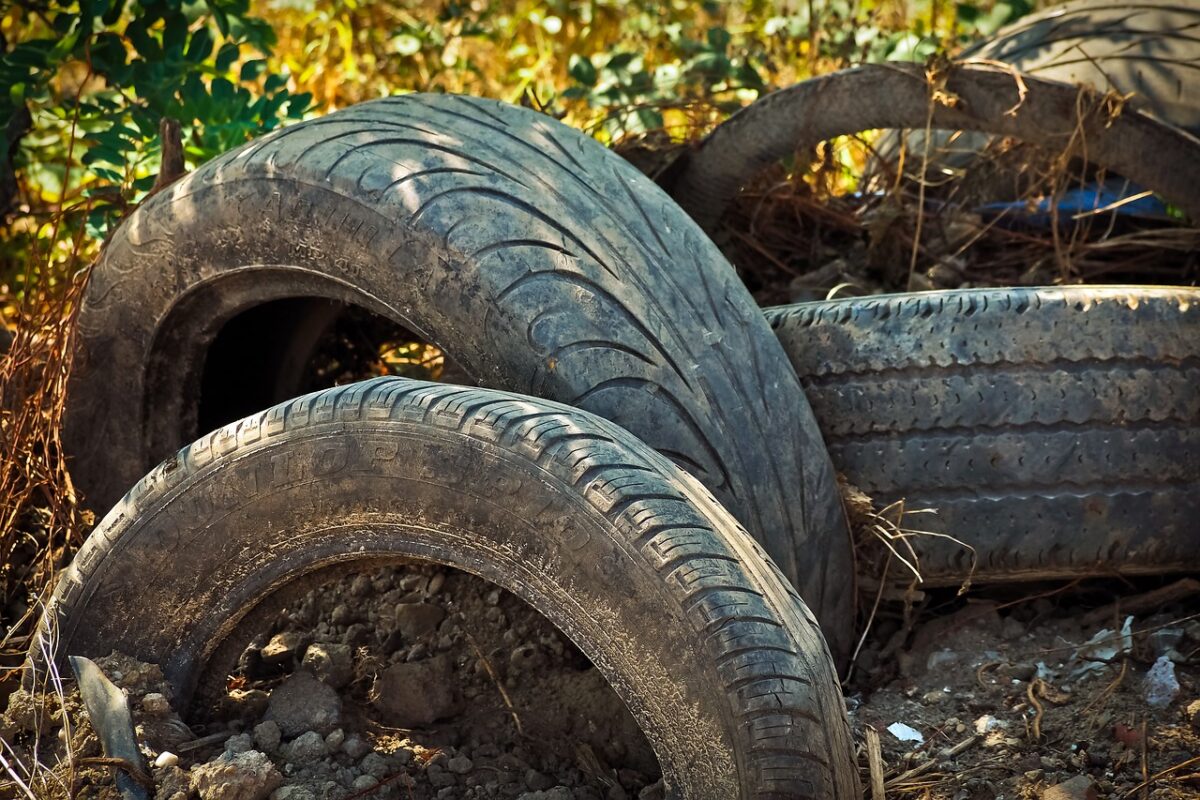COURSE DESCRIPTION
Throughout the United States and Canada, millions of waste tires are generated each year. Huge stockpiles of waste tires represent an enormous depot of lost energy, materials, and money. Waste tires present a number of environmental, health and safety hazards to the public. While scrap tires represent only about 2 percent of the total solid waste stream in industrialized countries, tires decompose slowly. Whole scrap tires also present unique problems when disposed of in landfills, such as trapping gas and upward migration through fill. This combination of limited uses and disposal methods of scrap tires results in stockpiling of scrap tires. According to the US Tire Manufacturer Association, the US generates about 250 million scrap tires annually and Canadian generates about 35 million. About 10% of Canada’s scrap tires are shredded and reused. In 1990, US scrap tire stockpiles were estimated to be about 1 billion tires. That number has steadily decreased until in 2017, the number of stockpiled scrap tires is about 60 million. The EPA estimates that 9 million scrap tires are exported annually from the US. Most exported tires go to undeveloped countries for further use on vehicles and eventually into stockpiles.
The EPA estimates the largest domestic use of scrap tires is as energy recovery and the second largest use is in civil engineering projects. This course will outline three uses of scrap tires as earth retaining structures. The course introduces example designs for retaining walls that utilize following types of products as the basic structural unit: (a) individual tires filled with gravel or low strength flowable fill, (b) bales of compressed tires, (c) compressed tire bales encapsulated in reinforced concrete. The design charts have been developed for varying wall heights and batter, as well as for various loading conditions.
This course includes a multiple-choice quiz at the end and is intended to provide 6 hours of professional development.
LEARNING OBJECTIVES
At the conclusion of this course, the student will have learned or been exposed to the following:
• Energy Recovery from Scrap Tires
• Tire Pyrolysis
• Scrap Tires in Civil Engineering Applications
• Wet Poured Layers
• Rubber Modified Asphalt (RMA)
• Marine Reefs and Shoreline Protection
• Earth Retaining and Erosion Control
• Flexible Retaining Systems
• Tire Boxes (Concrete Boxes Filled with Compressed Tires)
• Bulkhead Erosion Control with Tire Boxes
• Perimeter Wall with Tire Boxes
• Design Criteria of Tire Boxes
• Applications of Tire Boxes
• Features and Benefits of Using Tire Boxes in Retaining Walls
• Economics of Construction with Tire Boxes
• Tire Baling
• Summary of Test Results on Tire Bales
• Benefits of Using Baled Whole Tires
• Applications of Baled Tires
• Shotcrete as A Facing Material for Tire Retaining Walls
• Stucco as a Facing Material for Tire Retaining Walls
• Vegetative Covering as a Facing Material for Tire Retaining Walls
• Geofabric as a Facing Material for Tire Retaining Walls
• Concrete Blocks as a Facing Material for Tire Retaining Walls
• Combinations of Facing Material for Tire Retaining Walls
• Stability Analysis and Design of Tire Retaining Walls
• High Volume Application of Scrap Tire retaining Walls
• Economic Analysis of Scrap Tire Retaining Walls and Balers
• Environmental Impact of Scrap Tire Retaining Walls



